If you found yourself in an infamous conflict zone anytime in the last two decades, the odds are that with a little bit of looking you could have found Guillermo Cervera there too, camera in hand. Bosnia in 1993, Chad’s rebel camps, the Sri Lankan civil war, the Arab Spring in Libya and Egypt, post-9/11 Afghanistan, Ukraine — the list of war-torn locales Cervera has covered reads like a list of most of our top 10 places to avoid.
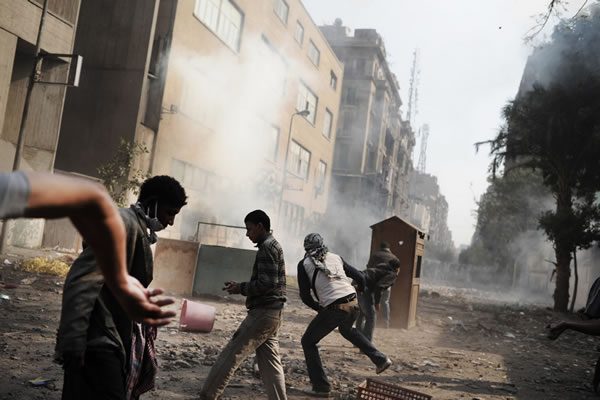
Maybe it’s not surprising, then, that in the past he’s said that ‘war is everywhere’ — for him, in a sense, it’s been literally true. I ask him about it, though, and that’s not quite what he means. Instead, he’s making a more existential statement that touches on human nature itself.
‘When two children fight in a school-yard,’ he tells me, ‘there you have a gram of war, the whole thing in miniature. War starts there in the playground, with two boys who don’t know how to deal with anger and frustration.’ But he’s not finished. ‘We even have wars inside of ourselves — I have a war inside of me, and I was brought up in a household of war, as my father sold weapons. War’s always there. It’s a gap inside of us that is always being filled.’
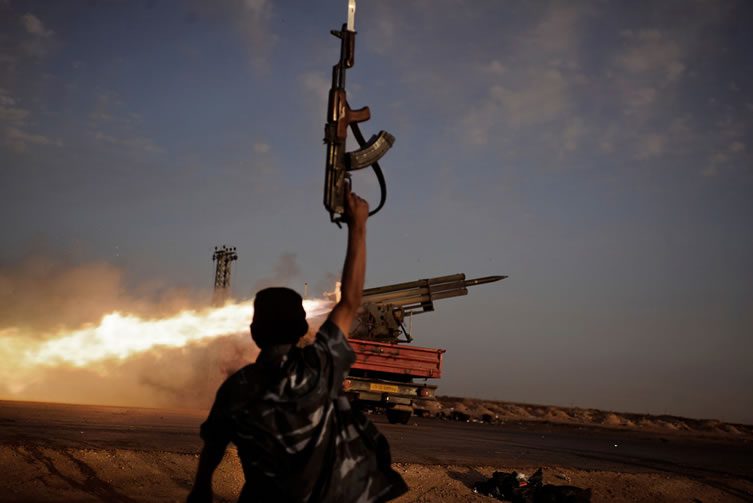
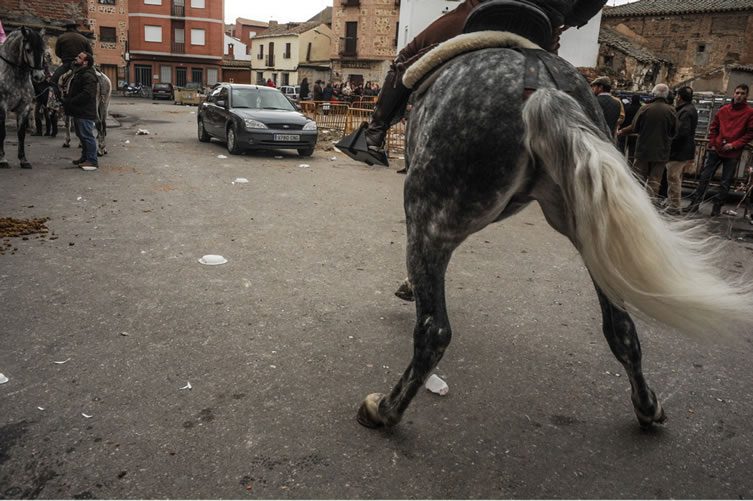
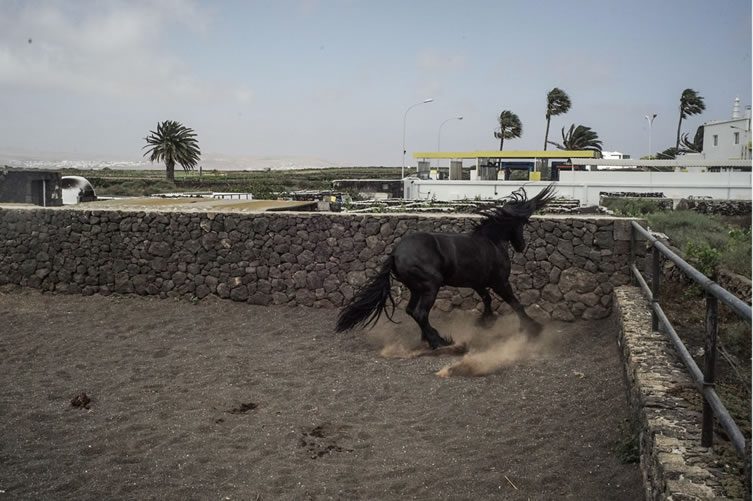
There’s a lot there to be unpacked, obviously, but the thing that strikes me first is that such an attitude goes a long way to explaining the compelling power of Cervera’s pictures. Whether a close-up of an Afghan tribesman’s face full of inscrutable gravity, a shot of a family relaxing at the beach, a female protestor in mid-yell with her face obscured by a blaze of light and riot-police all around her, or a young black colt frozen in full motion in the corner of an enclosure, there’s a stillness and a clear-eyed calm that seems sympathetic yet also not impressed.
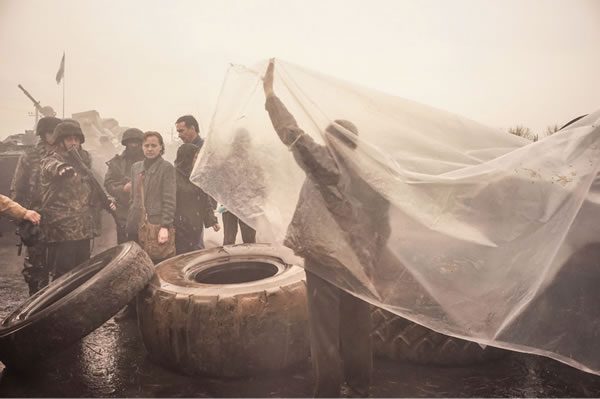
It’s simply an eye, simply observing things. Maybe that kind of consistency is only possible when, on some level, you find everywhere, even the alarming places, equally unsurprising.
‘Sure,’ he says. ‘It’s being calm and observing, being alive to the unspectacular moments, that counts, and therefore being ready for the unexpected details. The big moments, the spectacular moments — we’ve abused those images to the point where perhaps they can’t hold anything for us anymore. So we have to find new routes, ways of penetrating reality through the details and the paradoxes they display.’
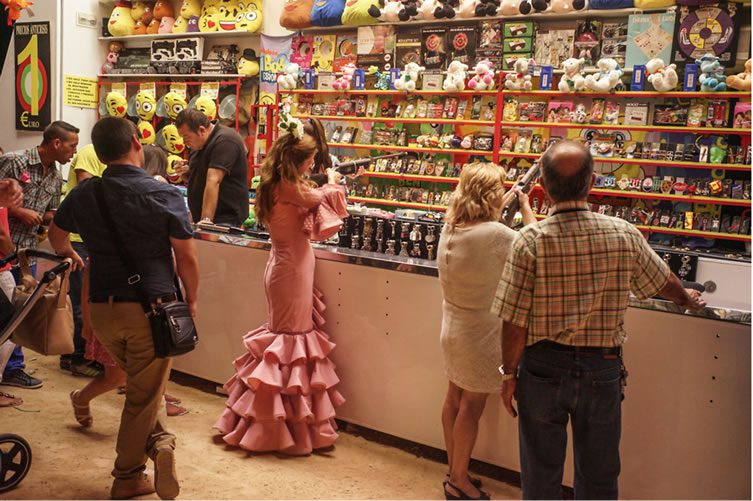
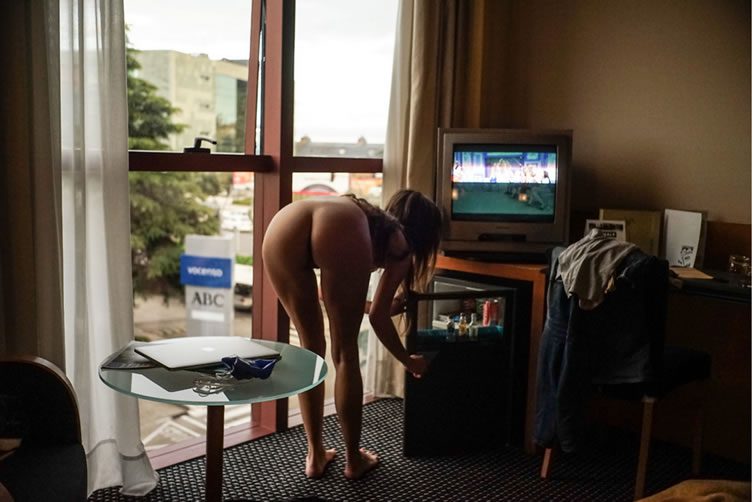
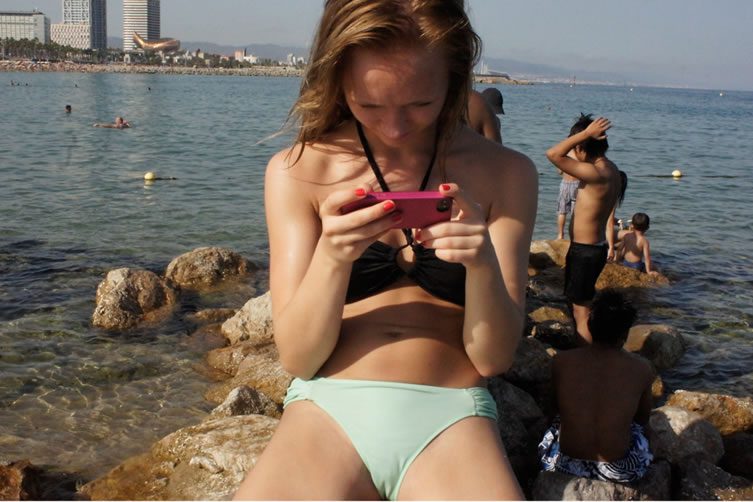
That said, I sense that I personally might struggle to remain calm in, say, Libya during a firefight. ‘Well,’ he shrugs, ‘maybe things end in tragedy. What can you do? Life itself ends in biological tragedy, inevitably. Maybe the tragedy is to spend one’s life hiding from the reality, protecting the ego from mortality.’
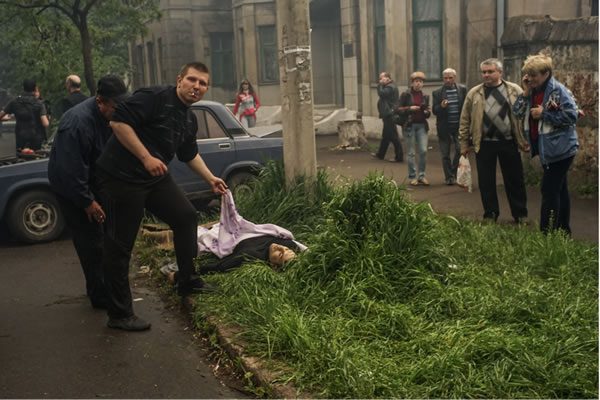
He knows whereof he speaks, it should be noted. In April 2011 in Libya, he was with his fellow photojournalists Tim Hetherington and Chris Hondros in the mortar-attack that killed both of them. That incident must have had an impact (beyond the obvious sadness of losing friends and colleagues)?
Surely it made him question some of the risks he takes in the line of his work for the New York Times, the Wall Street Journal, Newsweek, Time and pretty well any other prestigious publication you’d care to name?
‘Well, I’m still working, I’m still going to Afghanistan and everywhere else, and still with the same enthusiasm. Maybe,’ he muses, ‘it made me realise that the work is important but no publisher or publication deserves to have me die for them …’
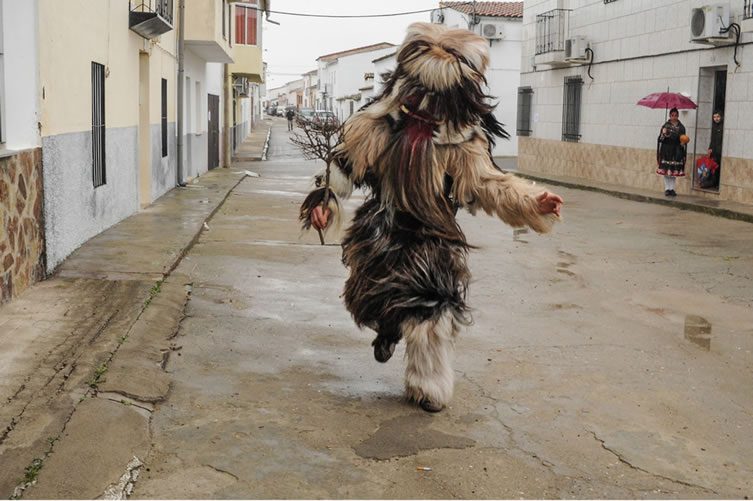
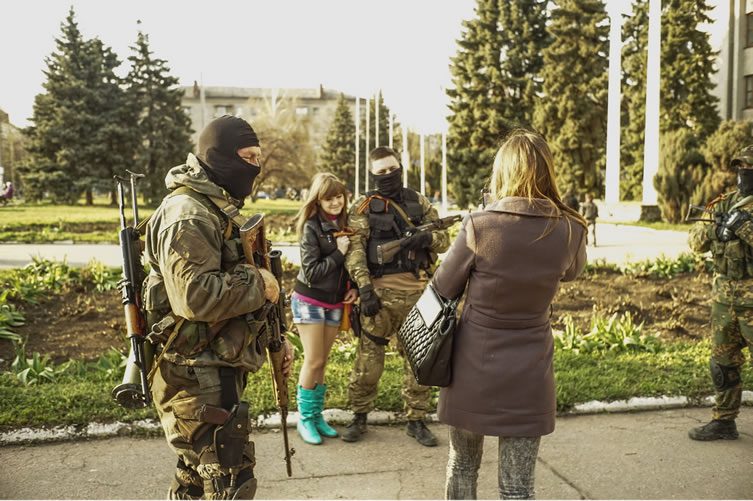
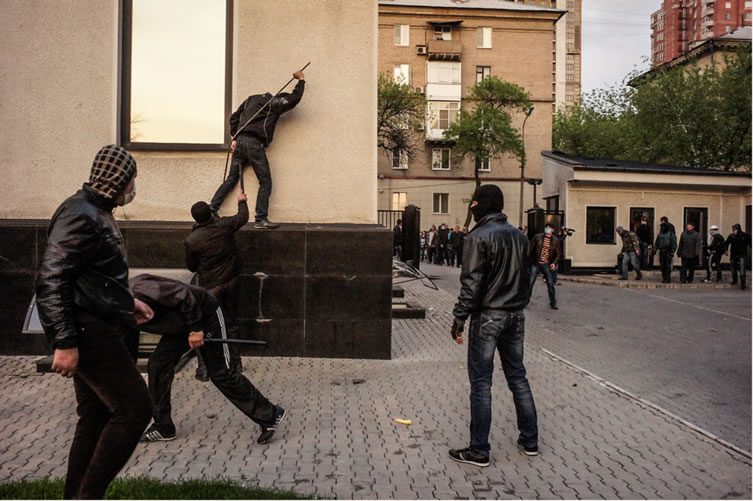
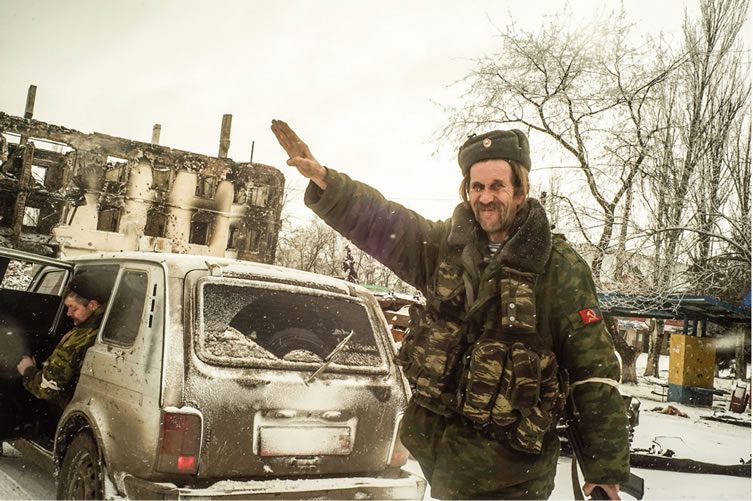
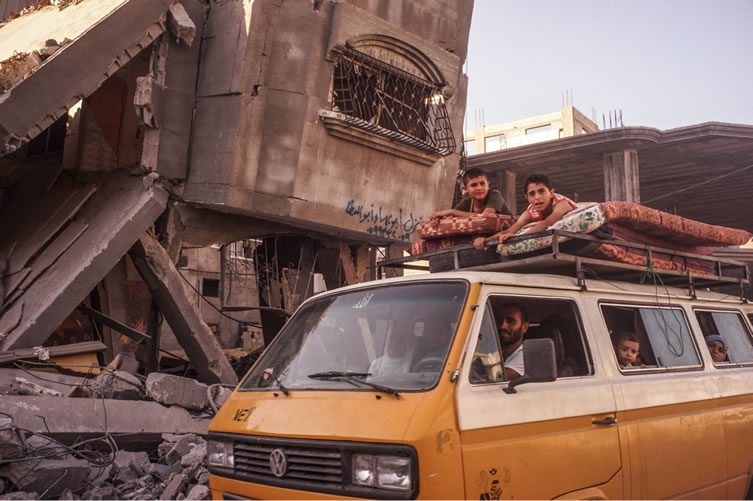
The work is obviously very important to him. Even here, though, his lack of ego is pretty uncompromising. ‘I find it difficult to answer that,’ he says when I ask him to list a few of his own favourite shots of his. ‘Photography isn’t about art or beauty, it’s about a state of mind. My state of mind is always changing, never the same from one day to next. So my old photographs bore me. They’re about who I was last week.’
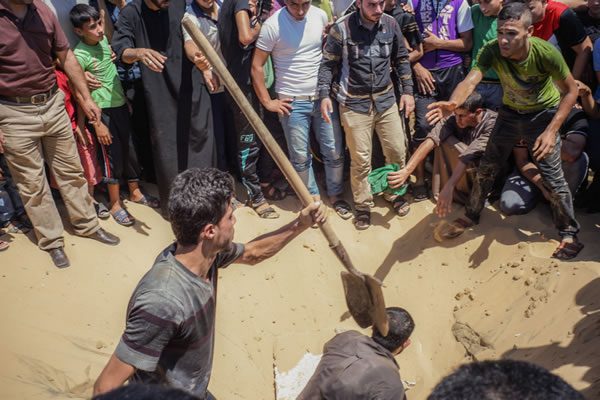
We’re nearing the end of our brief interview, and I ask him about his role as ‘outsider’, as perpetual stranger and observer, particularly with reference to his work in the United States (including 2014’s road documentary The Last Patrol). Unsurprisingly, his response comes bracing and grim.
‘Well, places are all very equal. American anxieties aren’t much different from Afghan anxieties, though the circumstances are often very different — or sometimes not so different. And as for being an outsider — we’re all outsiders. Even within our own homes we’re outsiders, sometimes. And when I grab the camera it takes me to a place where words themselves are outsiders, where they’re to no avail — but where maybe a single image can be.’
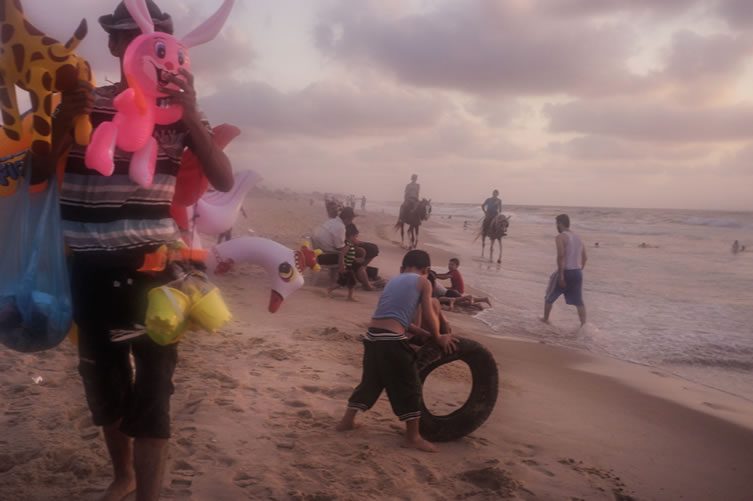
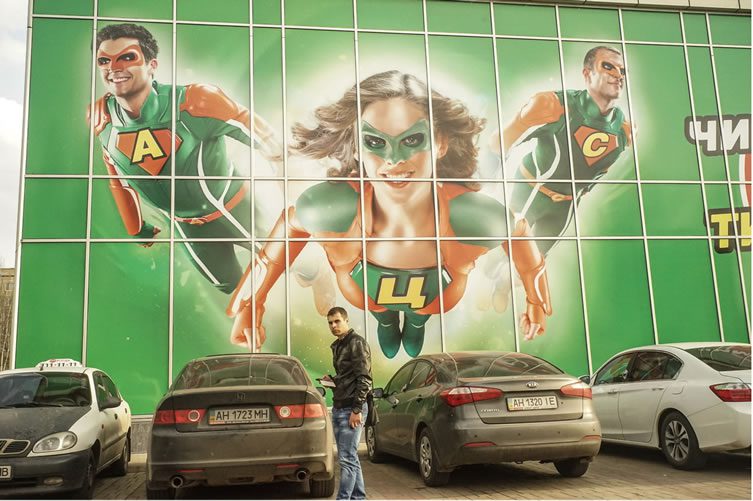
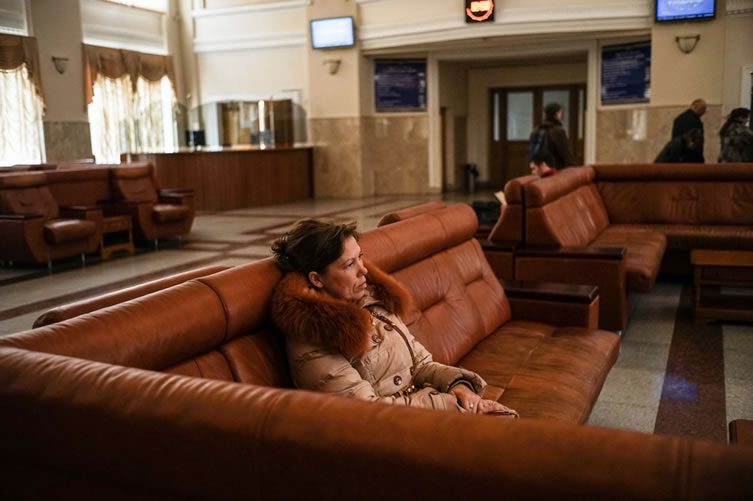
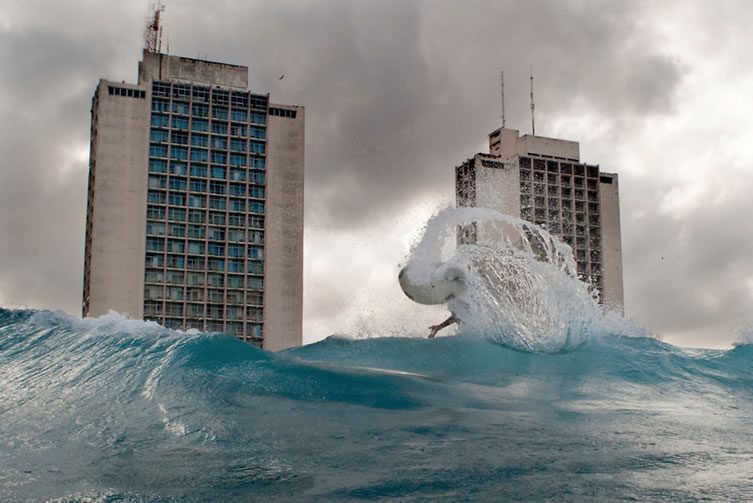
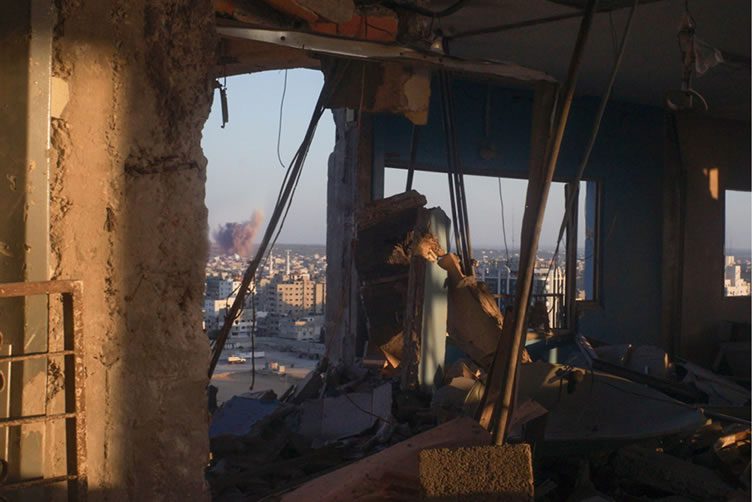
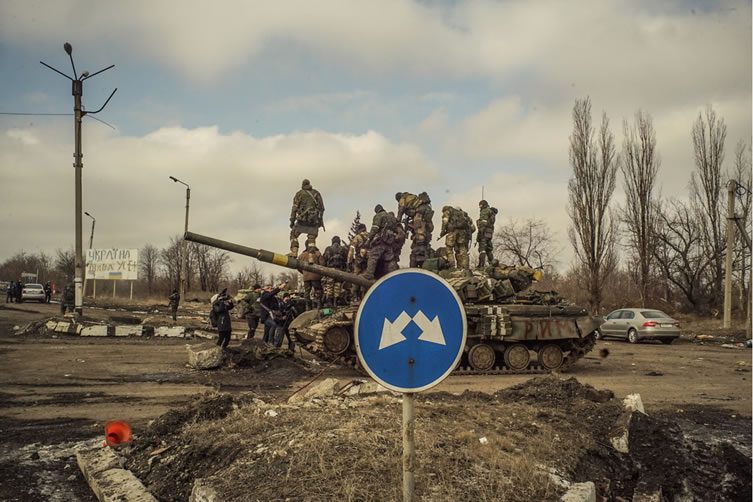
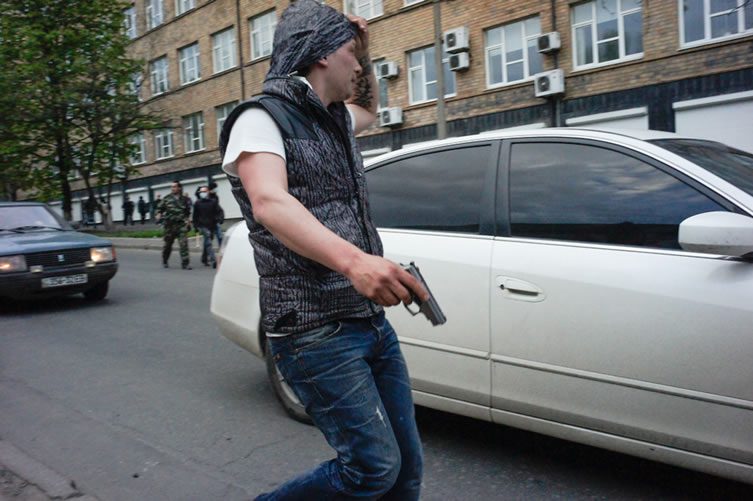
Photography © Guillermo Cervera




